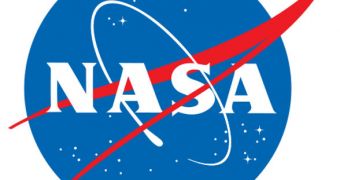In the effort to develop future commercial spacecraft, and to reduce the gap the United States will experience in human spaceflight capability, NASA has turned to the private sector. In a new report, officials at the agency are pleased to announce that all partners reached their respective milestones.
Developing commercial crew transportation capabilities is currently an objective that needs some more effort before it can be achieved. Even the most advanced companies NASA is working with under the Commercial Crew Development 2 (CCDev2) program have a long way ahead of them.
The purpose of the CCDev2 program is to spur innovation within the private sector, so that companies can rapidly produce technologies that would enable sending cargo and astronauts to low-Earth orbit, the International Space Station (ISS) and beyond.
In order to ensure swift progress, the agency has set a series of important mission milestones, that all companies receiving funds need to reach within a specified time frame. Failure to do so results in the cancellation of the cooperation agreement, and also of all funding.
Now that the program is well underway, NASA experts have compiled and released the first status report in a series of many. All the progress and accomplishments the program achieved thus far are listed in the document.
Fortunately, everything is moving ahead smoothly, officials at the American space agency say. They will continue to edit the report on a bi-monthly basis, and direct it to members of the general public who are interested in the progress of the American spaceflight program.
“We're only 60 days into CCDev 2, and their progress is right on schedule,” explains the acting director of NASA Commercial Spaceflight Development, Phil McAlister.
The study shows that the Boeing Company finally managed to complete its delta Systems Definition Review (SDR), alongside a number of other auxiliary systems that will go on the CST-100 spacecraft.
In the mean time, Space Exploration Technologies Corporation (SpaceX) continues to improve and expand the design of the Launch Abort System (LAS) that will go on its Falcon 9 delivery system.
Sierra Nevada Corporation reached a System Requirements Review milestone on June 1, and is now well underway towards a Preliminary Design Review of its proposed spacecraft, the Dream Chaser.
Blue Origin managed to initiate project kickoff meetings for no less than three CCDev2 efforts. The company is developing the Blue Origin spacecraft, which will fly aboard the Reusable Booster System.

 14 DAY TRIAL //
14 DAY TRIAL //